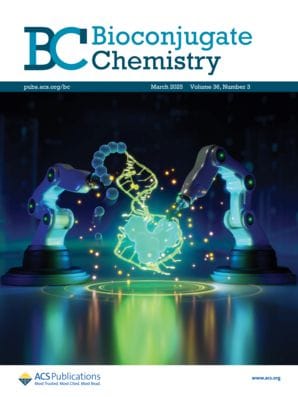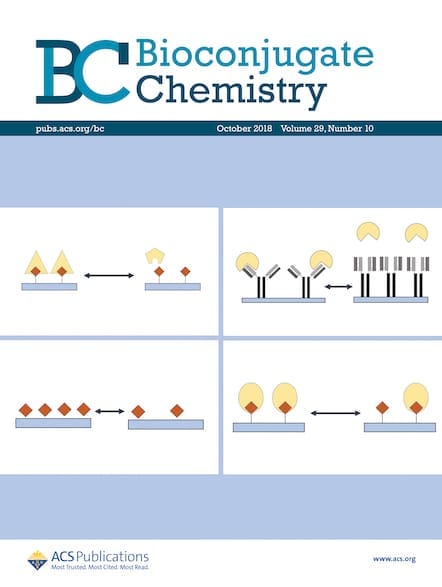This Special Issue will highlight the latest innovations in imaging that are driving biology and medicine forward. Submit your manuscript by December 31, 2025.

Biological imaging has undergone a remarkable transformation over the past few decades, with groundbreaking advances in chemistry playing a pivotal role in reshaping our ability to visualize complex biological systems. From single-molecule tracking to super-resolution fluorescence microscopy, the integration of chemical and imaging technologies has propelled life sciences into an era where we can now see biological processes with unprecedented sensitivity, multiplexing, and resolution. The convergence of chemical innovation, computational power, imaging physics, and instrumentation now provide biologists with powerful tools to decipher complex molecular interactions, track dynamic cellular events, and explore the fundamental mechanisms of life itself.
From the development of fluorescent dyes to the engineering of bioluminescent proteins, bioimaging has always relied on chemistry, in which recent advances have pushed the boundaries of what is possible. To highlight this integral and expanding role of chemistry in biological imaging, Bioconjugate Chemistry is pleased to announce an upcoming Special Issue “Advances in Biological Imaging: Innovations, Applications, and Future Perspectives.” We welcome submissions broadly defined, including innovations in chemistry, biochemistry, their combination with other enabling technologies, as well as impactful applications.
Topics include, but are not limited to:
- Bioluminescent imaging tools
- Super-resolution and single-molecule imaging
- Neurological, neurochemical, and functional imaging
- AI-driven biomolecular structure prediction, design, and imaging
- Bioorthogonal chemistry and chemical probes
- Photothermal microscopy and photoacoustic imaging
- Multiplexed imaging of signaling networks
- Single cell imaging
- Optical clearing techniques and deep tissue imaging
- CRISPR-based imaging tools
- Advanced FISH
- Optogenetics and sonogenetics-based imaging
Organizing Editor
Prof. Xiaohu Gao, Associate Editor, Bioconjugate Chemistry
University of Washington, United States
Submission Information
We welcome submissions for this Special Issue through December 31, 2025. For more information on submission requirements, please visit the journal’s Author Guidelines page.
Accepted manuscripts for consideration in this Special Issue will include research articles, communications and reviews. Proposals for Viewpoints will be considered by email prior to submission.Papers accepted for publication for this Special Issue will be available ASAP (as soon as publishable) online as soon as they are accepted. After all submissions have been published, they will then be compiled online on a dedicated landing page to form the Special Issue. Manuscripts submitted for consideration will undergo the full rigorous peer review process expected from ACS journals.
Open Access: There are diverse open-access options for publications in American Chemical Society journals. Please visit our Open Science Resource Center for more information.
How to Submit
- Log in to the ACS Publishing Center.
- Select the "Journals" tab.
- Choose Bioconjugate Chemistry.
- Click "Submit."
- Select your manuscript type, and, under "Special Issue Selection," choose “Advances in Biological Imaging: Innovations, Applications, and Future Perspectives."
If you have any general questions regarding submission to this Special Issue, please email gao-office@bioconj.acs.org or managing.editor@bioconj.acs.org.

